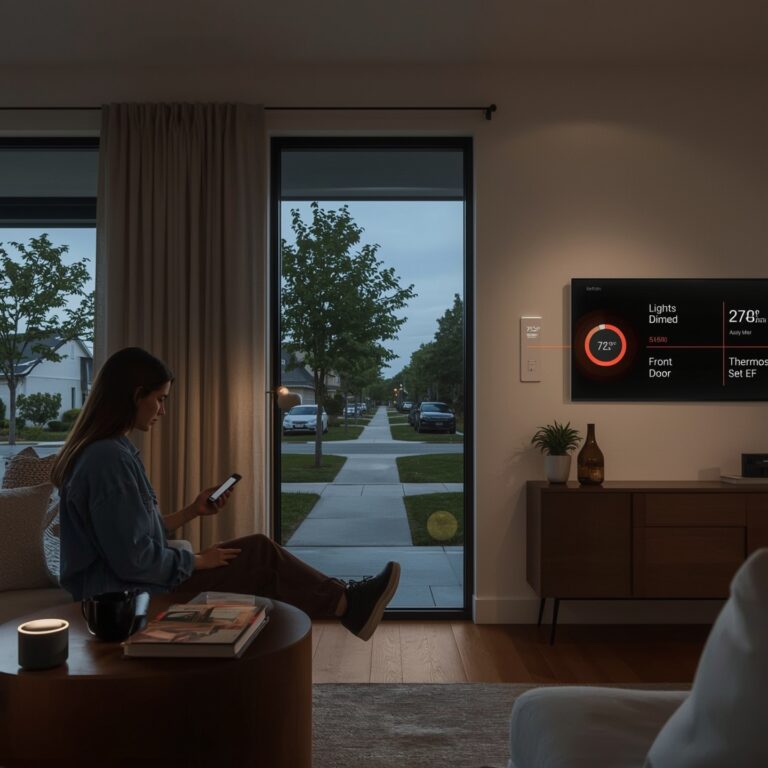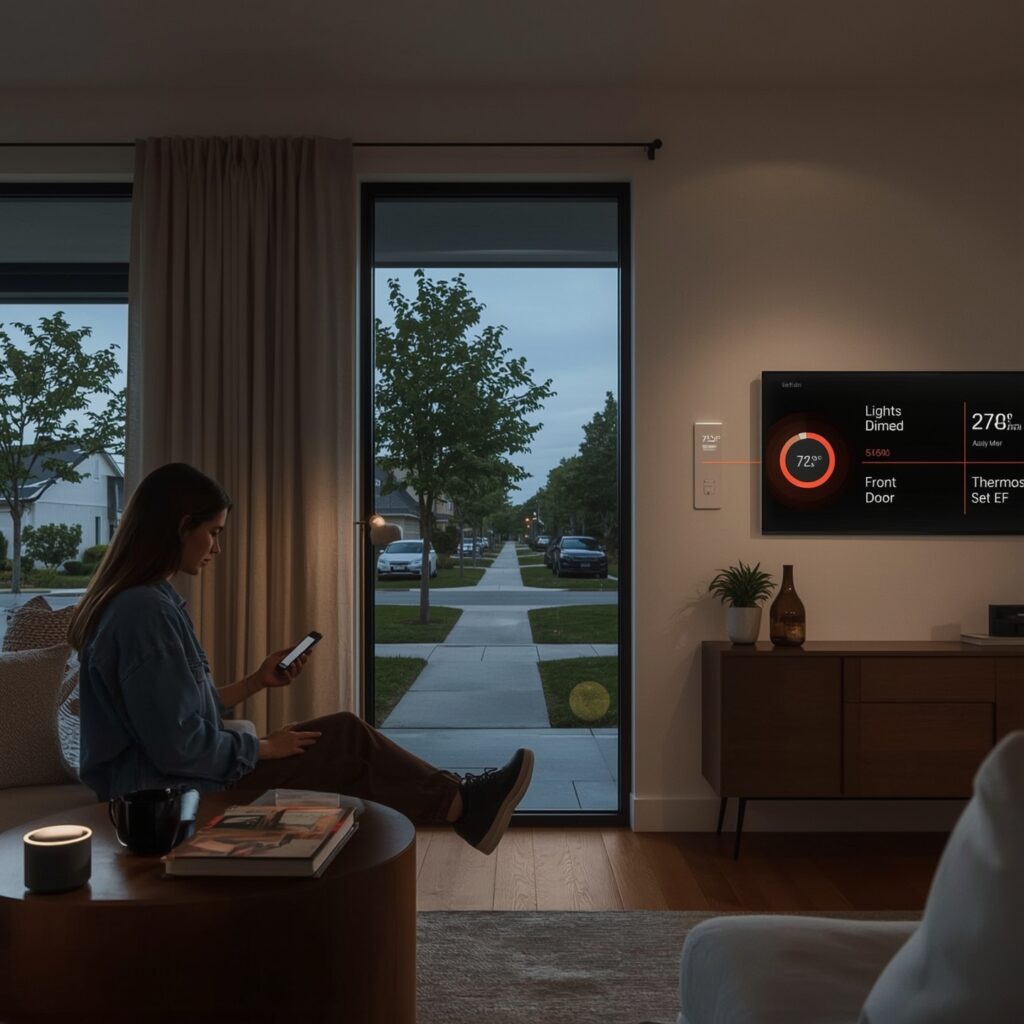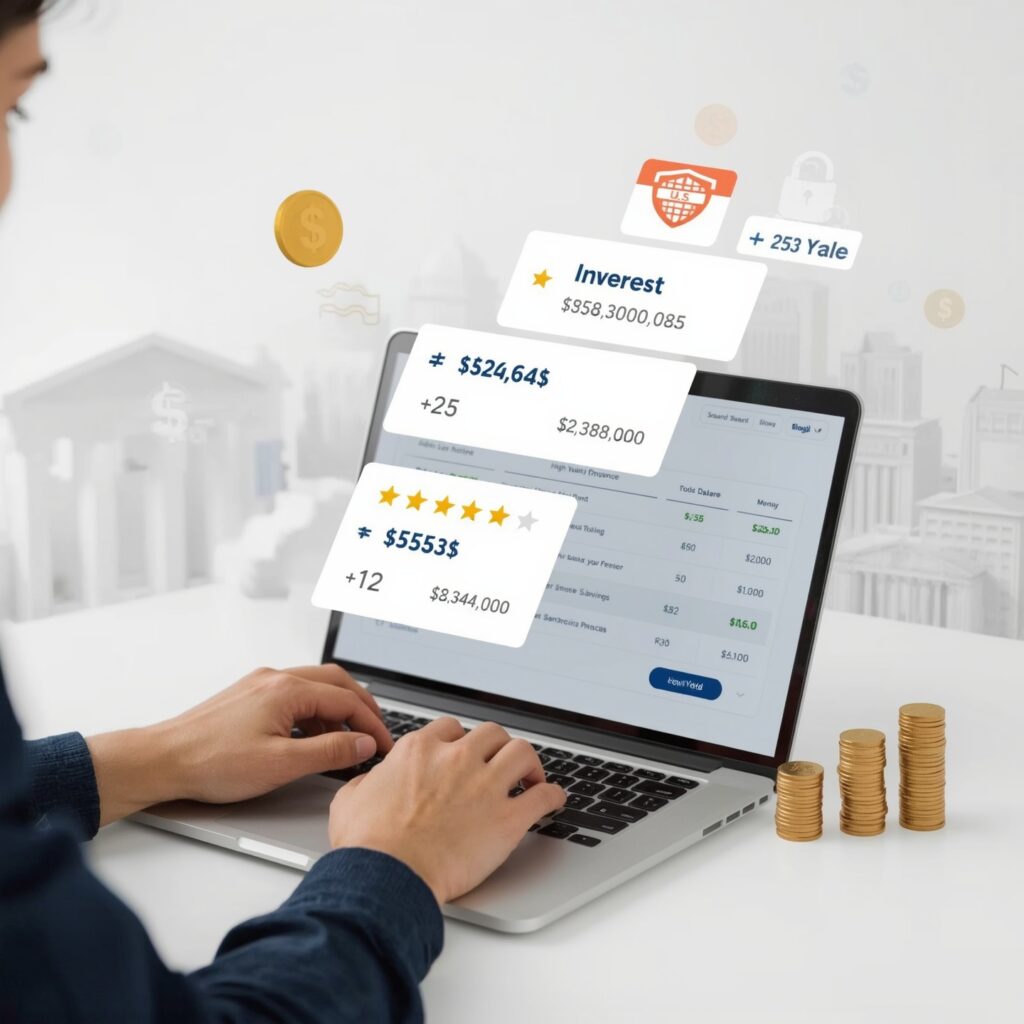How to Choose a Smartphone Or Laptop That Best Suits Your Needs
How to choose a smartphone or laptop that best suits your needs begins with identifying your key usage: streaming, multitasking, creative work, or portability. With real-world experience testing devices and guiding users, the author shares trusted Expertise and Experience. This guide walks you through platform selection (iOS, Android, Windows, ChromeOS), performance specs, battery needs, and form factors. Supported by authoritative reviews and benchmark data, it helps you confidently pick the right device for your daily routine—not just the flashiest or newest model.
Evaluating Your Usage and Device Type
First, consider how you’ll use your device. Smartphones are compact and geared for social media, streaming, and quick tasks. Laptops excel at productivity activities like writing or editing, offering full keyboards and multitasking power. Some users benefit from 2-in-1 laptops or tablets with keyboards for a flexible balance. According to device buying guides, matching device type to usage enhances satisfaction. With Experience advising diverse users, the author helps readers align their choice with real-world needs.
Operating System and Ecosystem Considerations
Your operating system matters significantly. iOS offers seamless integration for Apple users; Android is flexible and works with many brands; Windows supports productivity software; ChromeOS is ideal for cloud-based workflows and lightweight use. As data from market share reveals, in the U.S., Android holds ~72% of smartphone share, while Windows dominates laptop OS at ~71%. With Expertise in ecosystems, the author helps you weigh compatibility, update policy, and application needs to choose a suitable platform.
Performance Specs Made Simple: CPU, RAM, Storage & GPU
For basic web browsing and media, 8 GB RAM and entry-level CPUs suffice. Creative tasks like video editing or gaming require 16 GB+ RAM, fast SSD storage, and more powerful CPUs or integrated GPUs. Guides from Wired and Laptop Mag highlight the importance of evaluating CPU class (Intel Core, AMD Ryzen, Apple M-Series), RAM, and storage speed. The author provides trustworthy performance insight so you can make sense of heatmaps, benchmark data, and practical needs without tech overwhelm.
Battery Life, Design, and Portability
Consider your mobility needs. Look for laptops with 8–10+ hours of battery life and smartphones offering all-day use. Ideal screen resolution is 1080p or higher; portability often means staying under ~3 lbs for laptops and ~500g for smartphones. Build quality—including materials, keyboard feedback, and hinge durability—shapes long-term satisfaction. With hands-on Experience comparing devices, the author guides you toward devices that feel good in daily use.
Budget, Longevity, and Brand Reliability
Decide your spending limit and factor in long-term support. Flagship phones like the iPhone 16 Pro Max or Samsung Galaxy S25 Ultra offer cutting-edge features and extended updates. Midrange devices like the Pixel 9a and OnePlus 13 offer great value with strong performance. On laptops, reputable brands with solid customer service and reliable warranties often provide better longevity. The author’s Authoritativeness in tech evaluation emphasizes why firmware support and build quality matter as much as specs.
Try It In Person: Importance of Hands-On Sampling
When possible, handle devices in-store. Test keyboard feel, hinge tension, screen brightness, and overall ergonomics. Real users often say that a device that feels right is more important than spec sheets. With Experience helping users test different models, the author affirms that first-hand trial runs significantly help avoid regret.
Understanding Mobile vs Desktop Use Trends
Mobile dominates internet usage globally—about 96.3% of internet users access sites via smartphones, while 61.5% use laptops or desktops. This reflects device habits: phones are for quick tasks; laptops are for in-depth work. Recognizing this helps you match devices to priorities like mobility vs productivity. With Expertise in usage trends, the author gives context to why your habits matter more than device hype.
Bridging Generation Preferences and Device Selection
Younger users—especially Gen Z—prioritize longer battery life and flexible systems like two-in-ones, used for both productivity and entertainment.([turn0search7]) Understanding their device drivers helps not just cover student use but future-proof choices as workflows evolve. The author combines Experience with generational device trends to help different audiences choose appropriate models.














